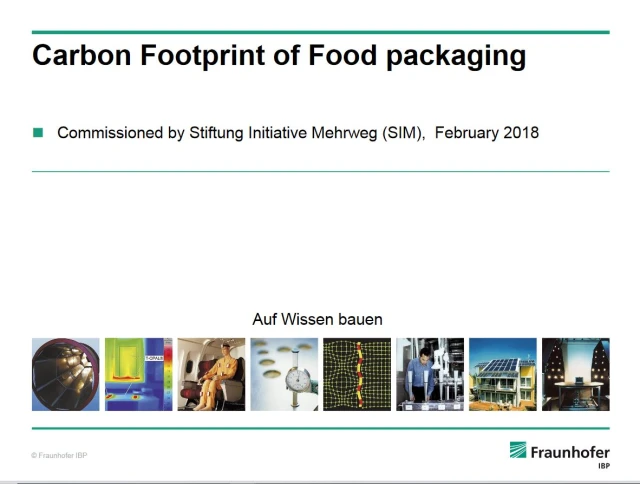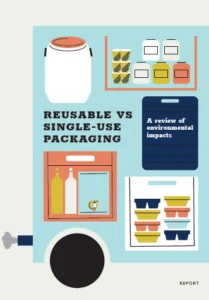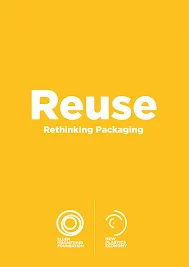Library
Sustainability Library

Operation Clean Seep (OCS)
A voluntary free programme aimed at improving awareness, promoting best practices and providing guidance and tools to support companies from the plastics value chain in the implementation of the necessary pellet loss prevention measures.
Read more >
Decarbonisation roadmap
At Schoeller Allibert, we design circular, reusable packaging solutions that reduce single-use waste and carbon emissions—using more recycled materials to lower our footprint and help customers do the same.
Read more >
Sustainability Strategy & Report 2022
This publication outlines how Schoeller Allibert is achieving its goal of accelerating sustainable supply chains. Sustainability has always been at the heart of Schoeller Allibert's business model, and our sustainability strategy has been developed to make progress on the issues that are most pressing for society, the environment and our business.
Read more >
Summary Sustainability Strategy & Report 2023
Read more >
Carbon Footprint of Food packaging
The main objective of the study was to quantify the greenhouse gas emissions of the reusable, collapsible plastic containers and the disposable cardboard containers and to subsequently compare them. To achieve the main objective, processes along the entire value chain of both packaging systems were considered, based on their actual transport performance in Germany, Spain, Italy, the Netherlands and France.
Read more >
Reusable VS single-use packaging: a review of the environmental impact
The study compares 32 Life Cycle Assessments (LCAs) of 11 different types of packaging, analysing their environmental impact at different stages of the product’s life. This includes parameters such as production, transport, number of reuse opportunities, and end-of-life treatment. Findings include that reusable crates have a lower environmental impact than single-use secondary packaging: a reusable plastic crate produces 88% fewer carbon emissions than a single-use cardboard box. The study points out that the environmental break-even point - the number of cycles a reusable crate must undergo to have comparable or lower environmental impacts than a single-use package occurs between the 3rd to the 15th use. Nonetheless, the more trips a reusable crate makes, the bigger environmental advantage it will have.
Read more >
Sustainability of reusable packaging - Current Situation and Trends
Packaging plays an important role in safely distributing products throughout today’s society and supply chains. With a consumption of about 40% of plastics and 50% of paper in Europe, the packaging sector is a large user of materials. Packaging has a lot of environmental impacts, while it also represents a significant cost in the current supply system. Reusable packaging has been suggested as an option to significantly reduce environmental impacts. In this paper, researchers review the trends in reusable packaging and the literature on reusable packaging to generate insights into the current state-of-the-art knowledge and identify directions for research and development. This can help to better understand the key factors underlying the design and impacts of more sustainable packaging systems.
Read more >
Reuse - Rethinking Packaging
This report provides a framework to understand reuse, identifies six major benefits of reuse, and maps 69 reuse examples. Based on an evaluation of more than 100 initiatives and interviews with over 50 experts, it aims to inspire and help structure thinking. It provides a basic description of how different reuse models work as well as typical implementation challenges.
Read more >Reusable plastic crates vs disposable cardboard crates
One would assume that in 2023 “reusable before disposable” would be a clear message for everyone. Politicians have written this into the waste pyramid and many studies have shown the advantages of reusable versus disposable. Nevertheless, there are currently various publications that try to question these clear facts.
Read more >
Sustainability publication 2022
Read more >